11
Russian Civilian and Military Clothing in the 14th-18th Centuries
1 Comment · Posted by Sergei Rzhevsky in Art, History, People
Alexander Vasilyevich Viskovatov was a Russian military historian who lived in the first half of the 19th century.
He was the author of a unique multi-volume book “Historical Description of Clothing and Armament of Russian Troops” with detailed descriptions of military and civilian clothing in Russia from 862 AD to the reign of Emperor Nicholas I.
Shirt.
This book was published in St. Petersburg in 1841-1862. To this day, it is one of the most popular sources of information about the history of military costume in Russia. Let’s look at some examples of Russian civilian and military clothing from the 14th to 18th centuries. Source: humus.
Azyam, sermyaga and cap.
Kaftan and cap. The town of Torzhok at the beginning of the 17th century.
Ferez’ and cap.
Ohoben’ and cap.
Odnoryadka tafiya and cap. Near the town of Tver in the 17th century.
Russian fur coat and cap.
Tursky coats and gorlatnaya caps. The town of Saratov at the beginning of the 17th century.
Polish coat and gorlatnaya cap. The town of Pskov in the 17th century.
Terlik and murmolka cap. The town of Astrakhan at the beginning of the 17th century.
Tursky kaftan and murmolka cap. Kolomna Palace of Tsar Alexei Mikhailovich.
Zipun, tafya, and cap.
Platno and gorlatnaya cap. Moscow Kremlin and Armory.
Warriors in tegilyay and iron caps.
Warrior in bakhterets and shishak with yelovets. The town of Novgorod in the 16th century.
Warrior in bakhterets and helm.
Warrior in kolontar’ with barmitsa and paper cap.
Warriors in yushman and shishak.
Warrior in yushman and misyurk.
Warrior in kuyak and copper cap.
Warrior in zertsalo and helm. The Moscow Kremlin in the 17th century.
Voivode in two armors and yerihonka. The old castle of Neilauzen in Livonia.
Voivode in zertsalo, privoloka and yerihonka.
Mounted zhiltsy in 1678.
Streltsy in 1613. Church of St. Basil and the Kremlin wall in Moscow at the beginning of the 17th century.
Streltsy of Lutokhin’s and Ivan Poltev’s Moscow Strelets Regiments in 1674.
Russian horse harness in the 14th-18th centuries.
Tags: Russian Empire
You might also like:
<< The Temple of All Religions in Kazan

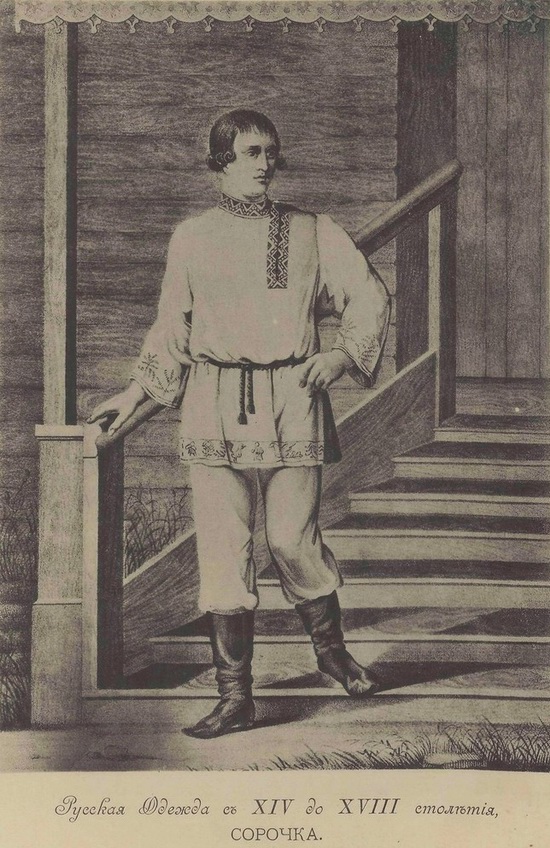
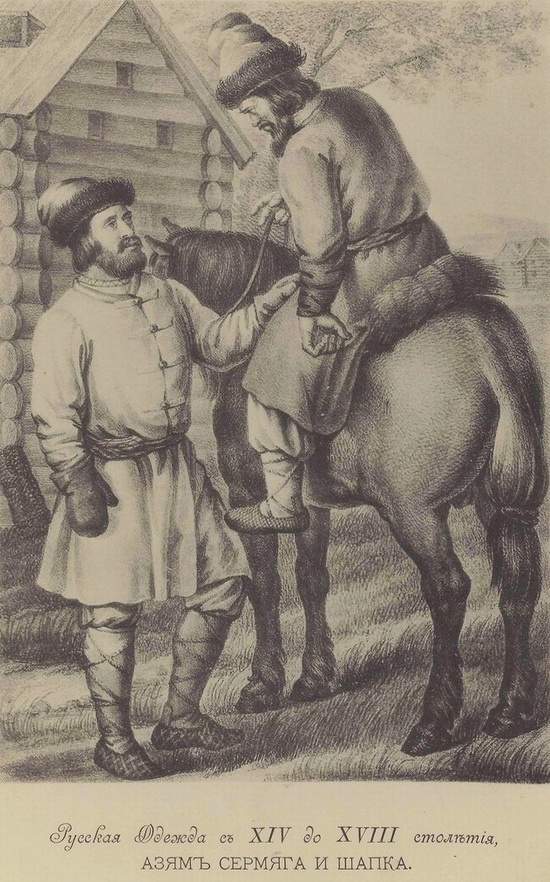
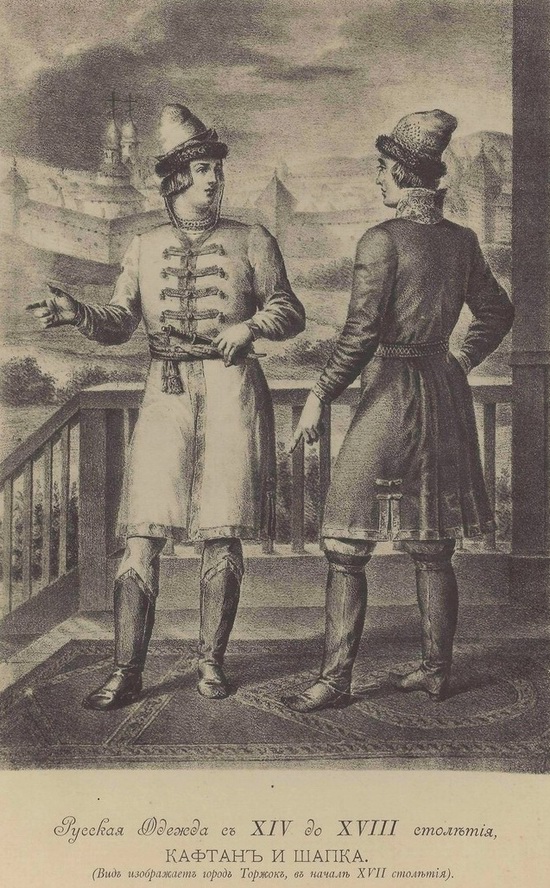
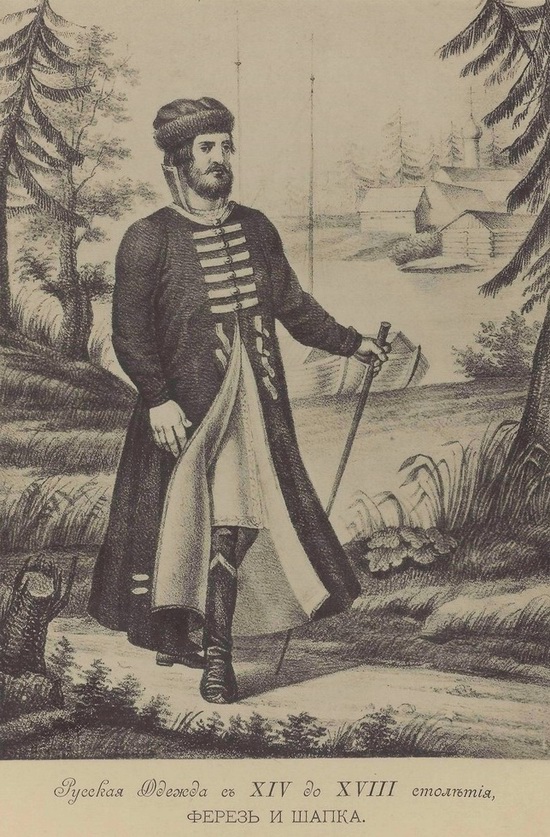
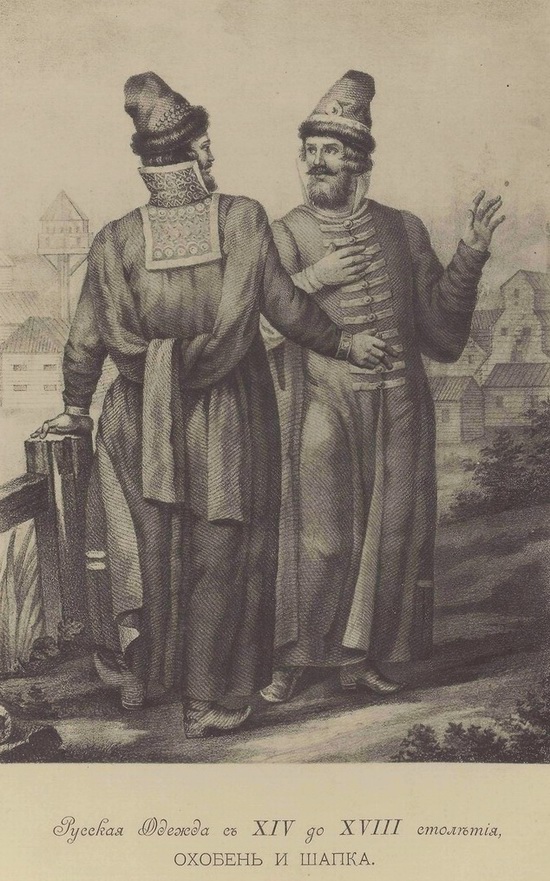
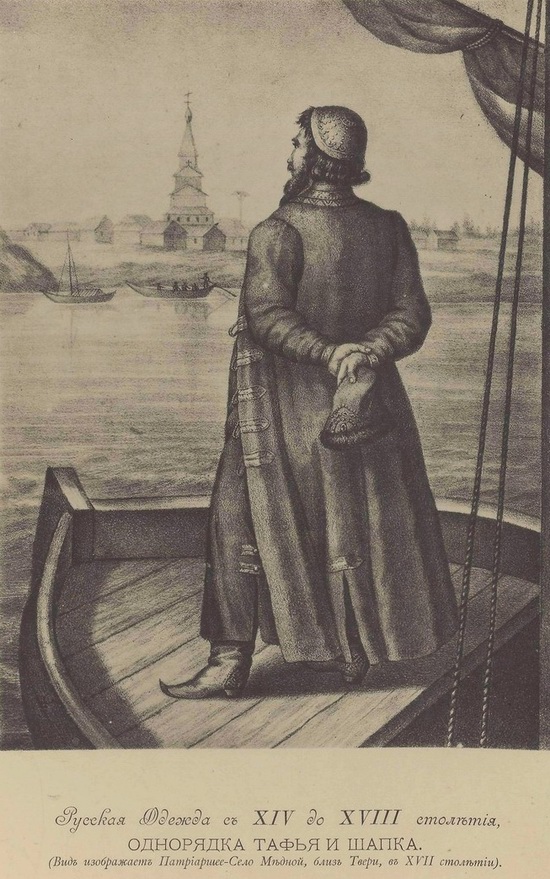
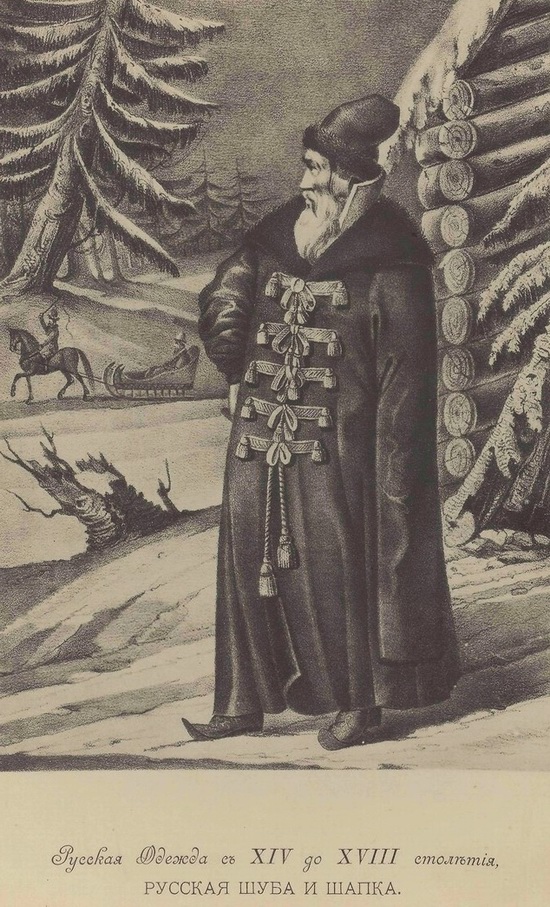
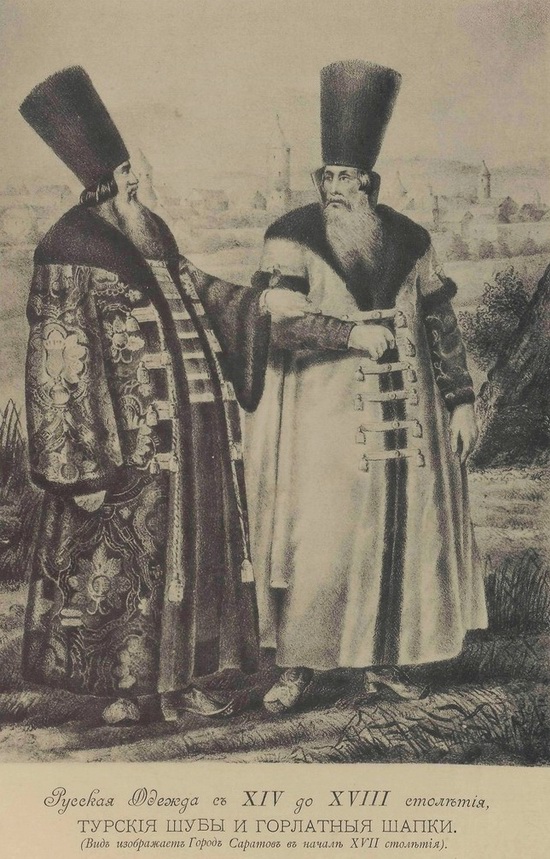

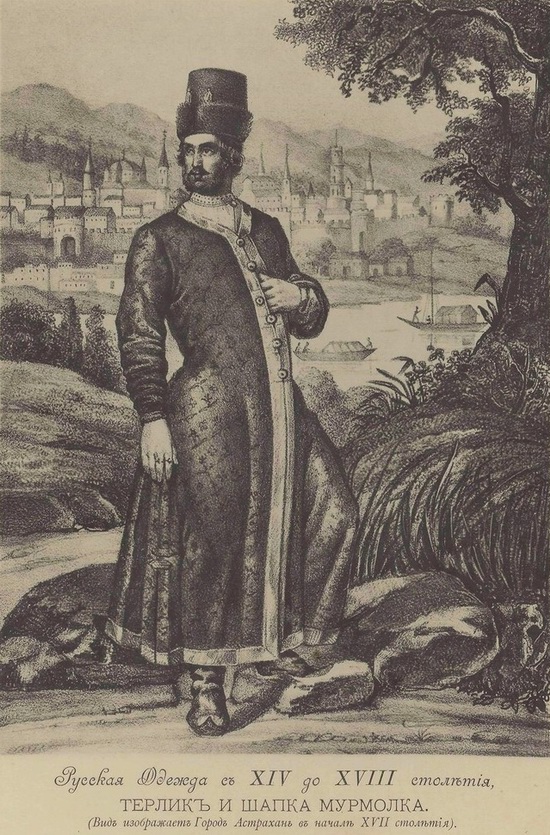
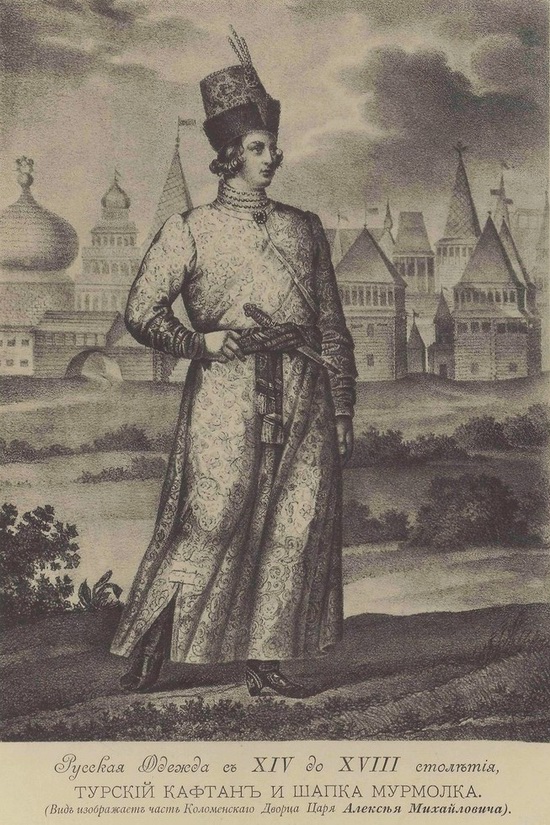
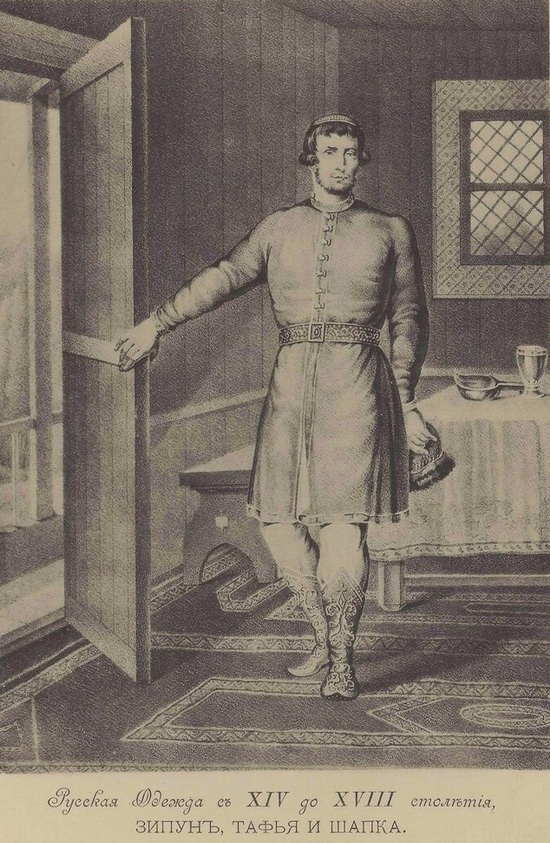
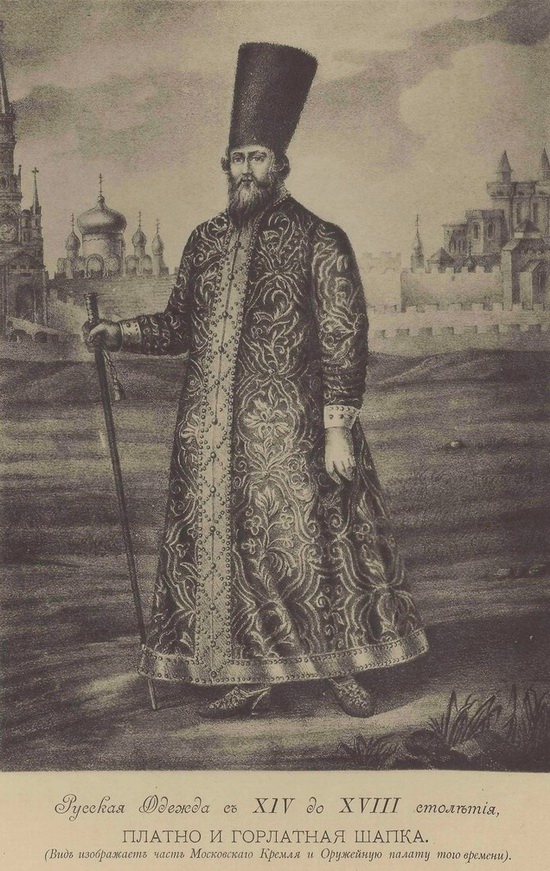
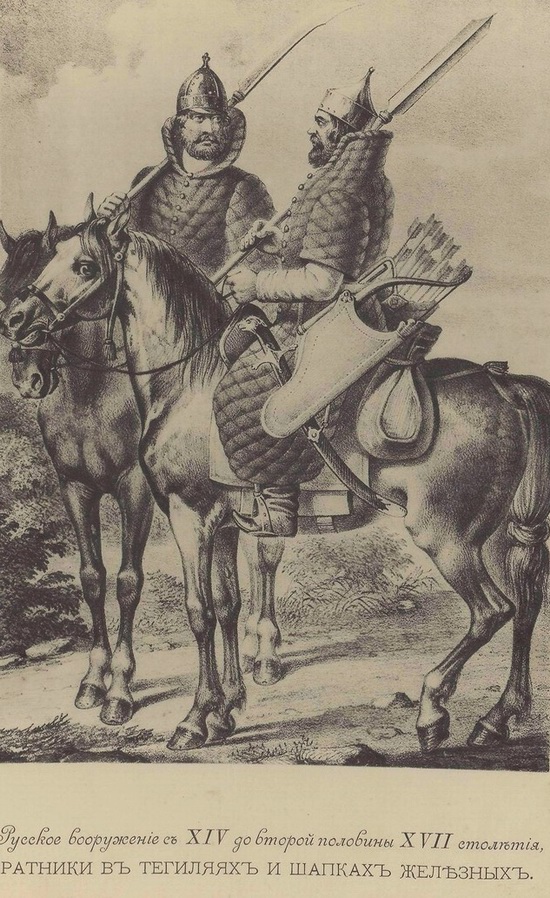
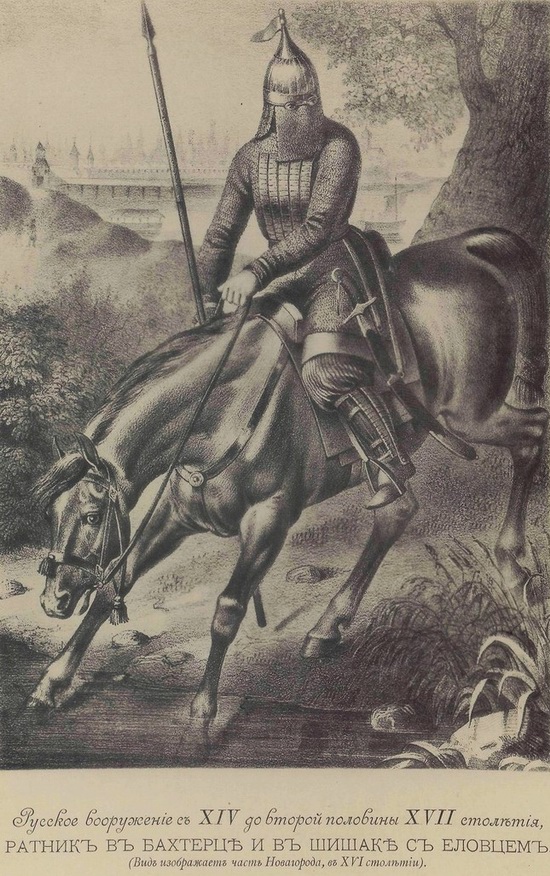

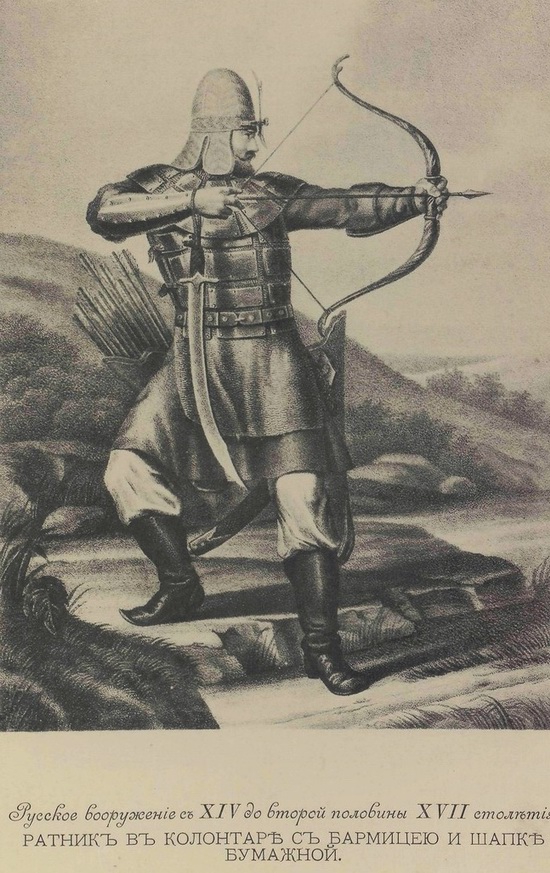
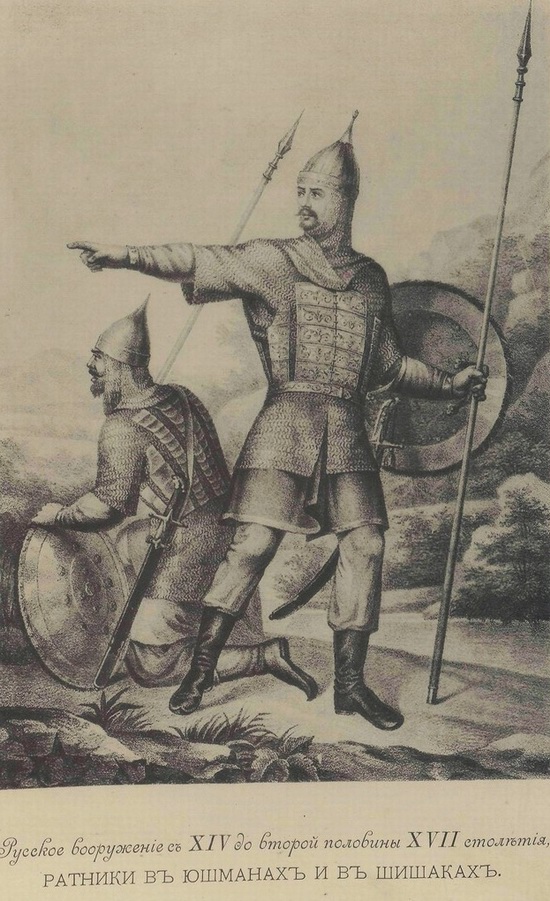
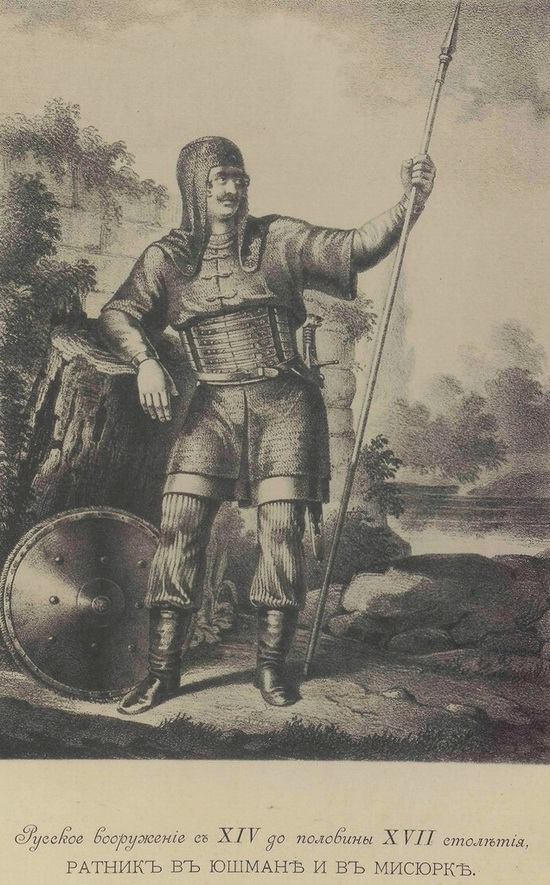
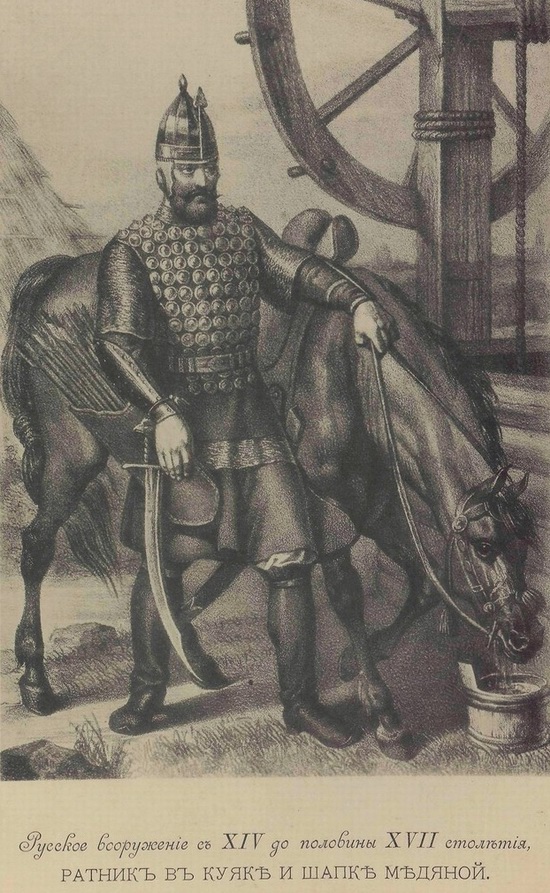
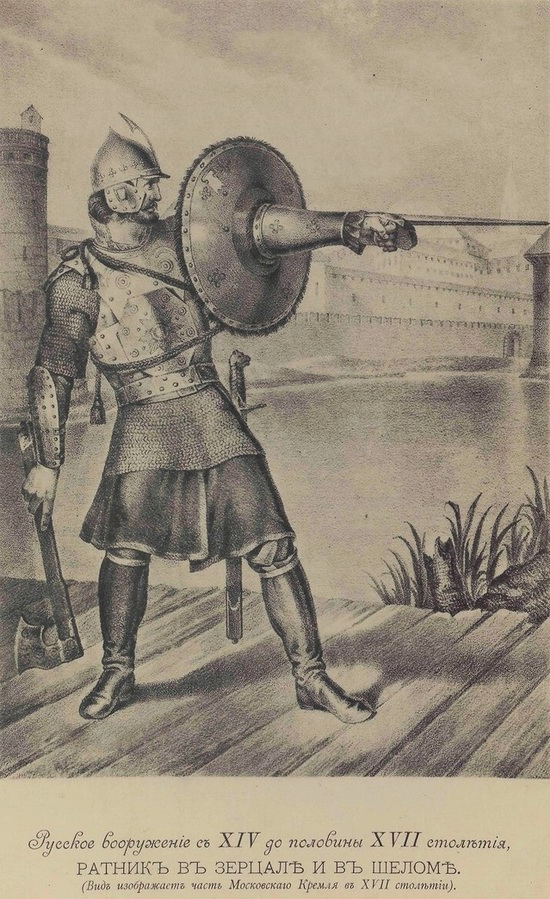
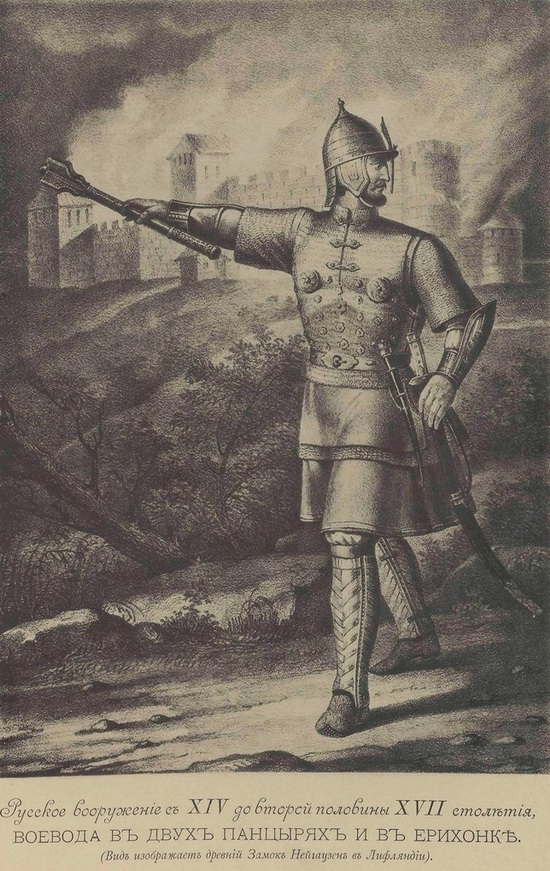

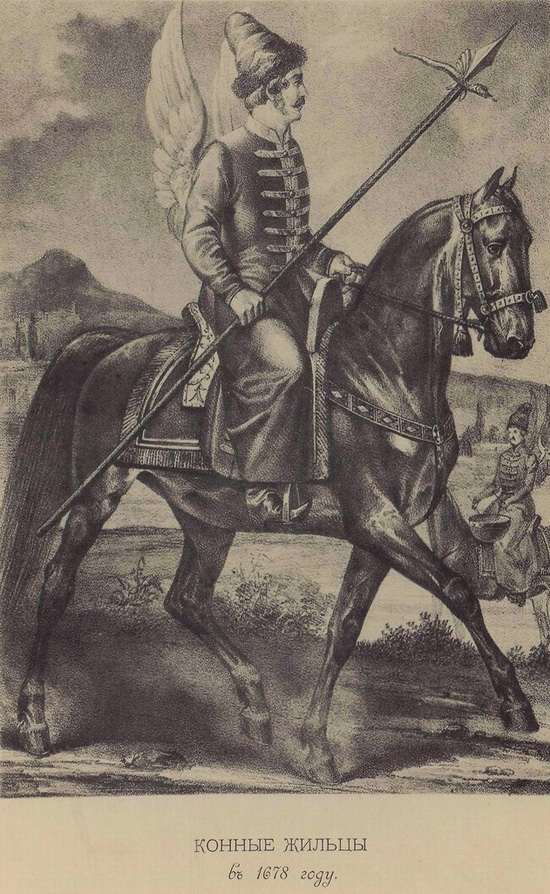
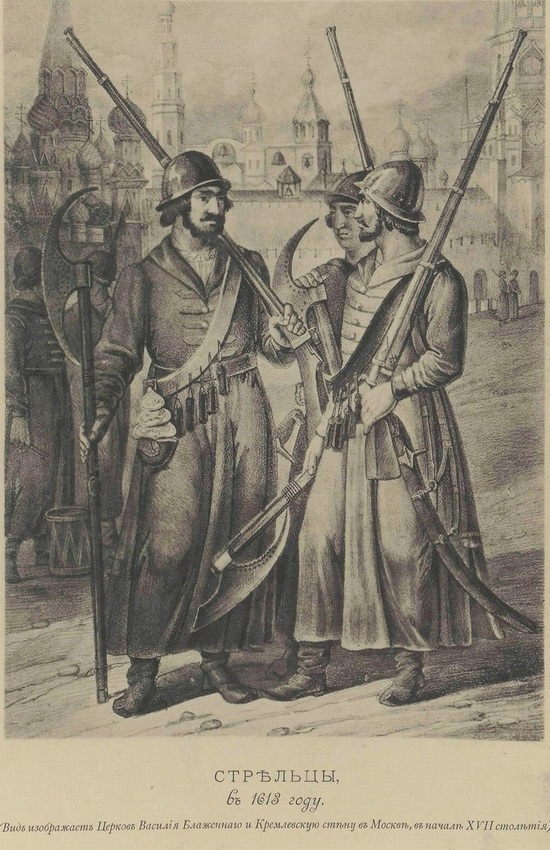
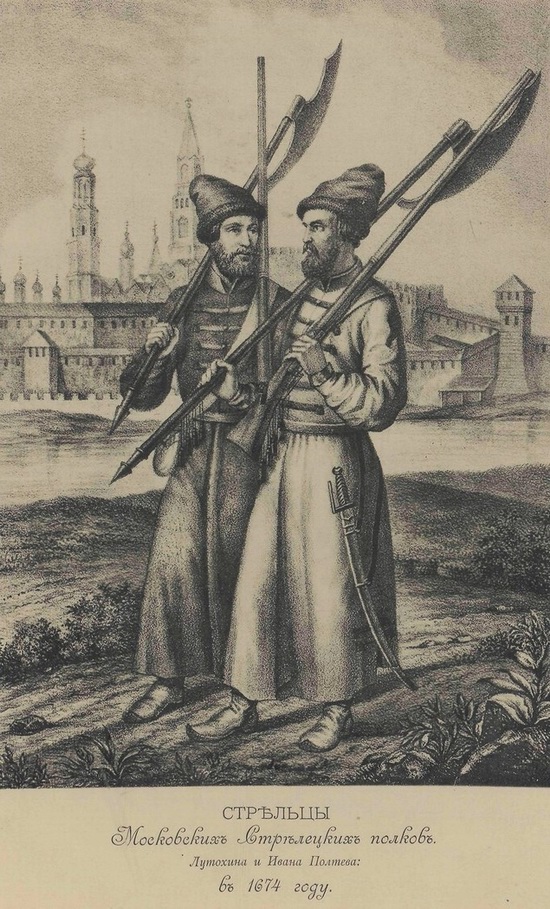
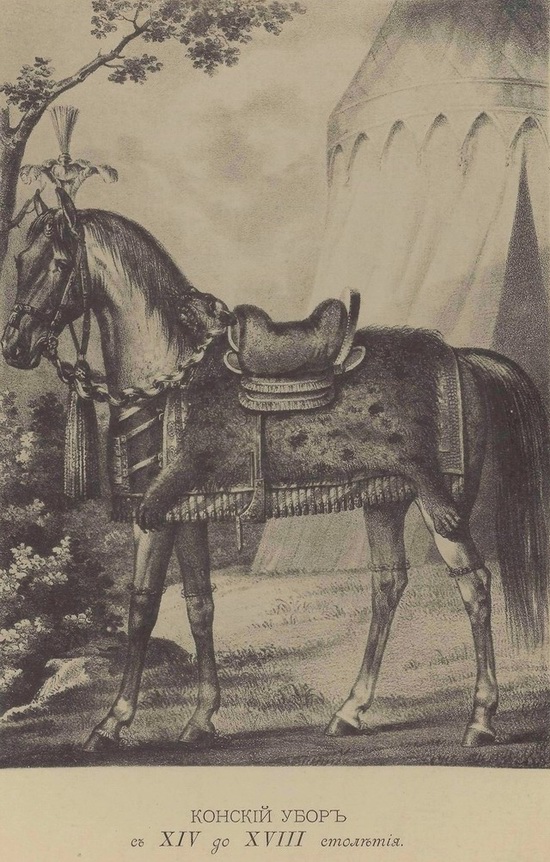
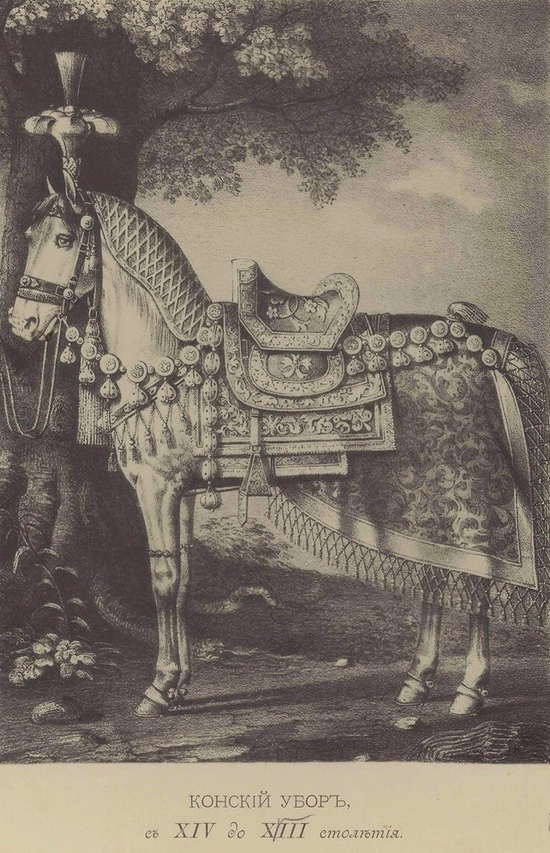
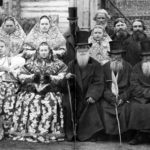





Gen Agustsson · July 3, 2020 at 3:38 am
this sounds interesting to me